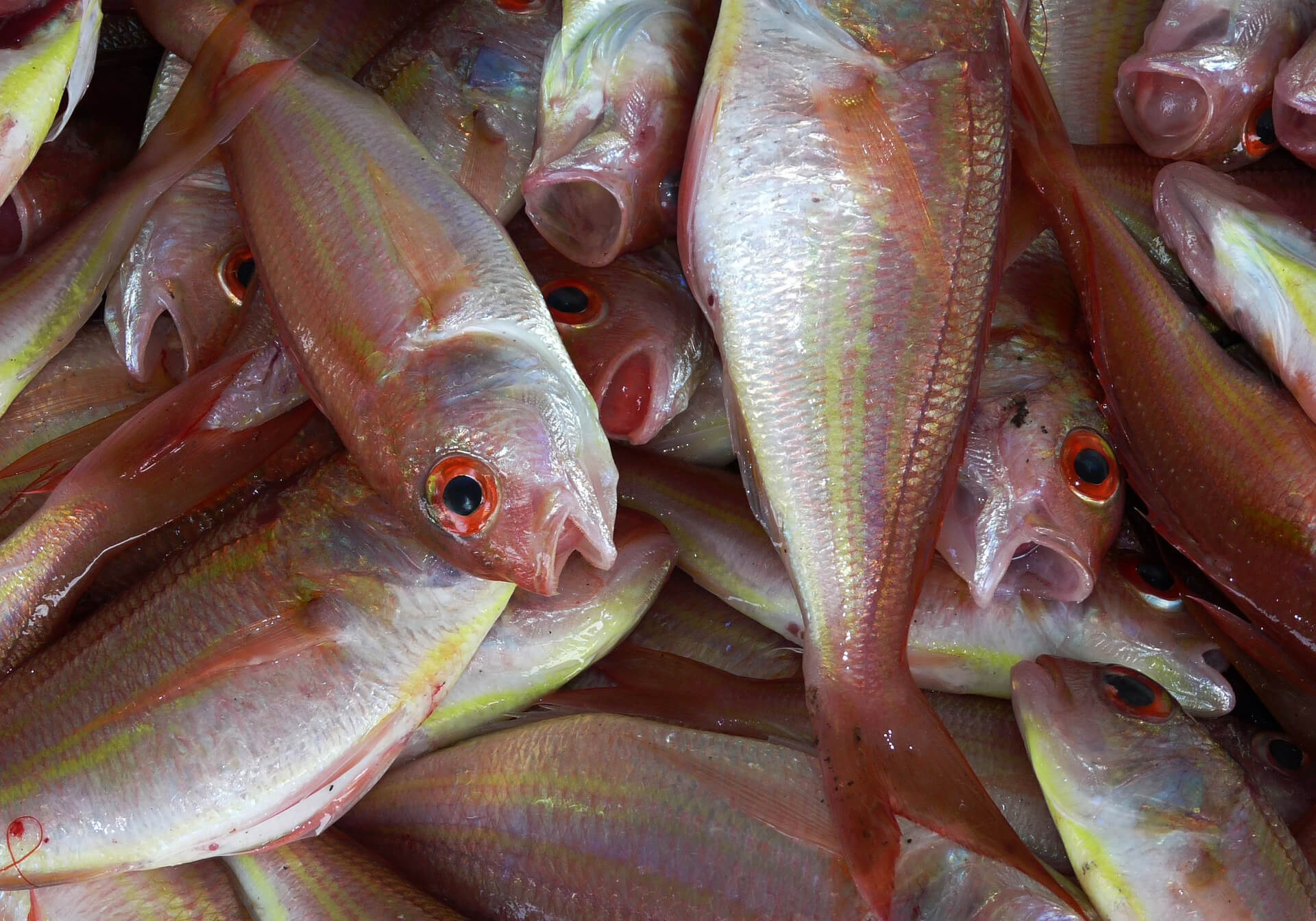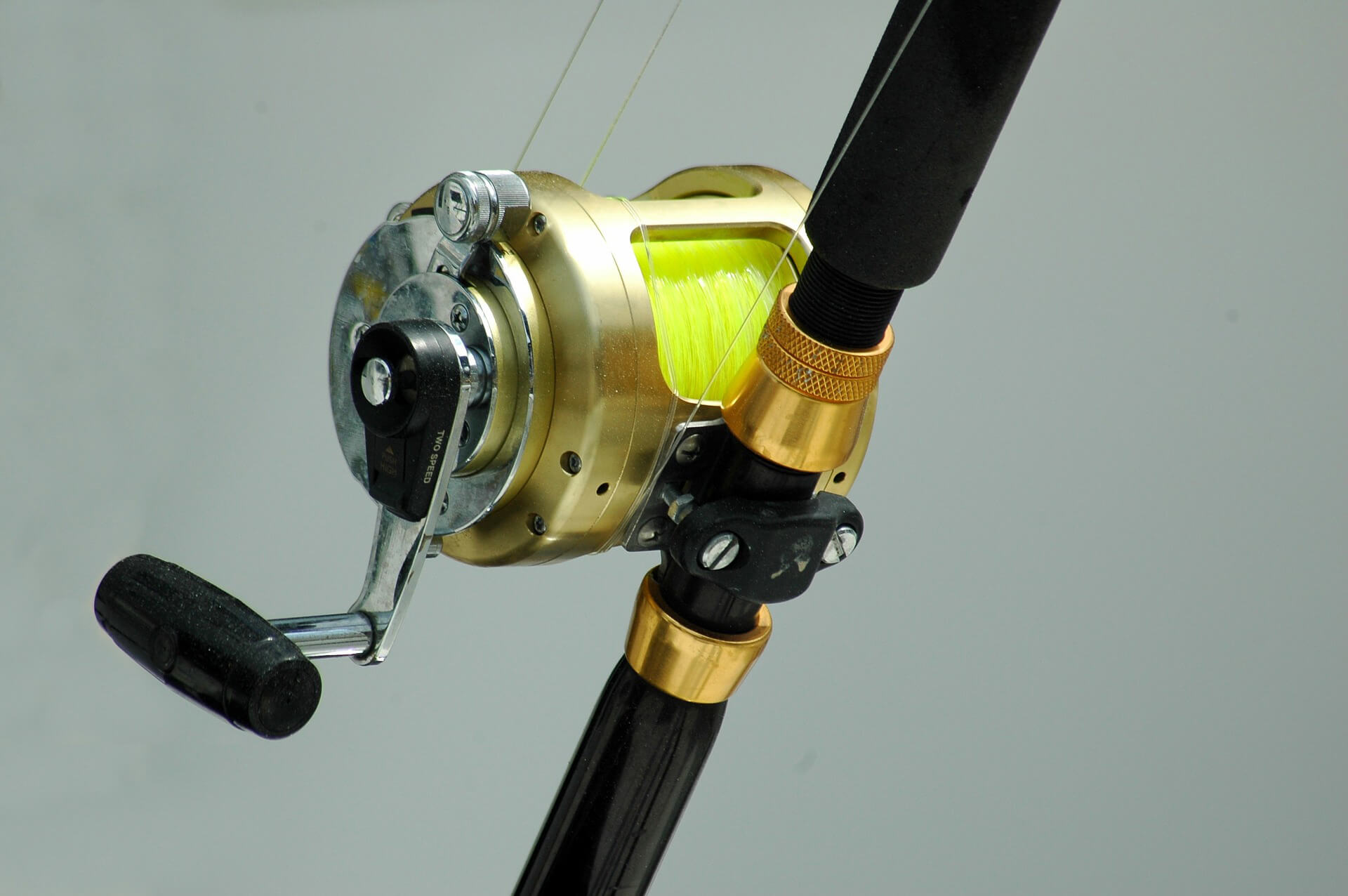Here are some simple tips on how to catch the snapper from the boat
Do you want to try out how to catch the snapper from the boat but you do not know “what fish to catch”? Let’s see some simple tips on how to fish for red snapper.
Summer creates agitation and ferment in the underwater life, many species go to reproduction, as well as the Dentex (Dentex dentex), a sparidae with a gray blue livery, iridescent on the back, with numerous dark spots and with silver reflections along the sides. It can reach 1 meter in length and 12 kg in weight, but commonly it can be fished with measures of about 30 cm.

The dentex begins to reproduce early spring and in this period becomes more suspicious and defensive being a very territorial fish. Great predator, the snapper frequents rocky environments often mixed with posidonia, at a depth ranging from 20 to 80 meters. This sparidae loses all its distrust in front of a well presented live bait and there unleashes a series of powerful and violent attacks. The snapper in the reproductive period becomes very defensive towards its territory, this allows us to also resort to artificial bait thus avoiding live bait (squid and cuttlefish often difficult and tiring to find), which are very useful in the autumn period indeed I would even say exceptional.
Fishing the snappers from the boat: The fishing action takes place at the stern of the boat, the terminal, which peeps an artificial (minnow, sepia fake or rapala) is connected directly to a swivel that binds the track that will go into the reel on the rotating reel.
From the stern of our boat we lower the bait to the bottom, often the best backdrops for the search for this wonderful fish vary from 30 to 50 meters. The snapper in the spring is breeding and approaching in rather shallow water, from 12 to 20 meters, this will tell us to proceed on fairly shallow bathymetries, from 20 to 30 meters, at a rather sustained speed of 3-4 knots (differently if we use live bait the troll speed would be reduced to 2 knots), our care will be to follow the bathymetry of the bottom with the echo sounder and to always be ready to grasp the barrel when the fish attacks the bait. An important tool in trolling is the sinker that allows us to immediately bring the bait into activity on the sea bed. The bait will be in this way a few meters above the bottom.

The snapper once sighted the prey will throw you with all its power, once you feel the railroad the fish itself to free itself will begin to wriggle trying to recover the bottom often rubbing his head on the rocks. It is useful to increase the power of the engine and pump vigorously so that the fish rises from the bottom and thus has an easy recovery. The snapper develops a violent force in the first meters of recovery, after which it abandons and is easily carried on board. The snapper being a bottom fish is affected by violent pressure surges as it can be a recovery in the barrel very fast, the swim bladder (an organ that acts as a float) swells and pushes the internal organs towards the mouth. This often leads to fish trauma that can be easily recovered.
TECHNIQUE
Bottom trolling is definitely the best technique for fishing the snappers. The best hunting environments for the snappers are at the bottom where the bathymetry of the seabed does not vary abruptly, where slabs of rock mix with posidonieti where the snapper finds its prey.
EQUIPMENT
To fish the red snapper definitely the technique that gives best results is Traina. This technique can be done with boats over three meters in size, so even small motorboats are often excellent fishing companions. Of great importance is certainly the size of the cockpit, must be wide enough to allow us to carry out all fishing maneuvers with care. Often the boats are equipped with trolling stations with rod holders inserted along the hull of the boat.
The rod holders have the utility of putting the barrel in position during the trolling action, important for pumping actions is the barrel that must be robust and not larger than 2 meters. We use trolling rods with pulley rings and rotating reel 12-30 Lbs, very robust with 300 meters of 300 meters of traced wire of 0.35 mm. In spring and summer the bright colors are more appealing because the snapper is very territorial and more easily attacks the attack.

The used artificial must carry fermenting hooks on the head and back in order to be sure that the fish sticks to the artificial well and decreases the possibility of losing it. At about 50 meters from the artificial insert a sinker, an instrument that allows us to quickly send the artificial to the core keeping it in tow, at the preset altitude. The terminals, which will connect the track and the artificial must be around 20 meters long, are made of nylon or fluorocarbon. Of great importance still the landing or the gully, often the snails can reach considerable dimensions and to avoid losing the prey in sea it is good to refine them or to gain them.




![The 10 Best Fishing Bobbers in 2023 [Tried & Tested] 7 The 10 Best Fishing Bobbers in 2023 [Tried & Tested]](https://trizily.com/wp-content/uploads/2022/03/best-fishing-bobbers-768x768.jpg)

